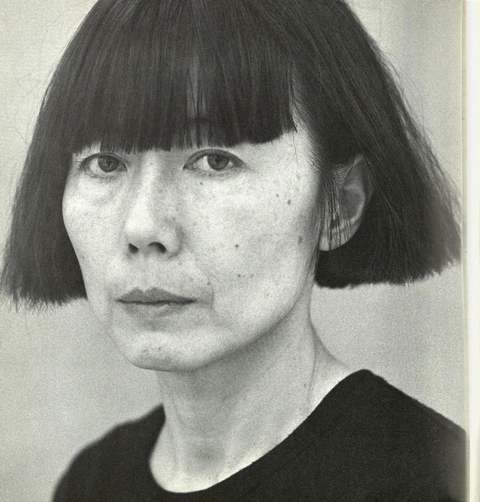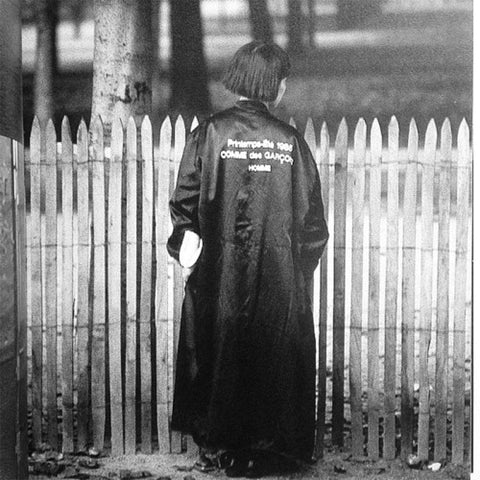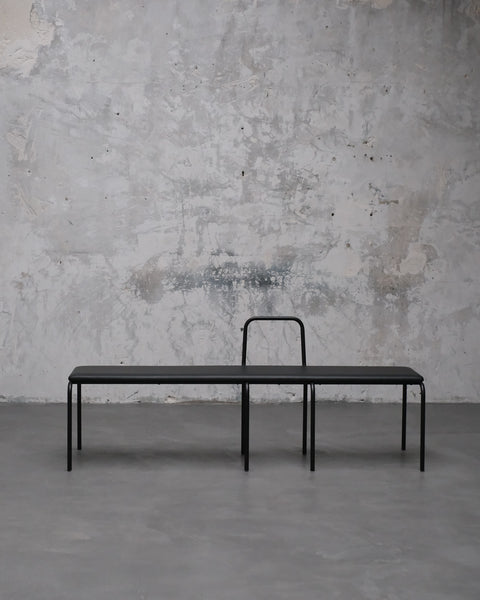Rei Kawakubo, born on October 11, 1942, in Tokyo, Japan, is a self-taught fashion designer recognized for her avant-garde clothing designs and her renowned label, Comme des Garçons (CDG), which she established in 1969. Kawakubo's unorthodox artistic vision made her one of the most influential designers of the late 20th century.
Kawakubo pursued studies in fine arts and aesthetics at Keio University in Tokyo, graduating in 1964. Her mother served as a strong female role model, having left Kawakubo's father when he objected to her desire to work outside the home. Similarly independent, Kawakubo left her family after college and secured a position in the advertising department of Asahi Kasei, an acrylic-fiber textile manufacturer. Given creative freedom by her superiors, she became involved in collecting props and costumes for photo shoots. This led her to design her own fashion pieces when she couldn't find suitable garments for the shoots. By 1967, she began working as a freelance stylist.
In 1969, Kawakubo started selling her designs under the CDG label to various shops in Tokyo. In 1973, she opened her first store, and within a decade, she had established 150 shops across Japan, earning an annual income of $30 million. Kawakubo was committed to offering women clothing that provided mobility and comfort, encapsulated by the name comme des garçons, meaning "like boys" in French. Her designs catered to independent women who dressed for themselves rather than to seduce or seek approval from men. Kawakubo rejected Western notions of sexiness, which focused on revealing and exposing the body, deeming such clothing unsexy and uninteresting.
During the late 1970s, Kawakubo entered into a professional and romantic relationship with fellow Japanese designer Yohji Yamamoto. Both designers redefined fashion and challenged conventional perceptions of feminine beauty. They individually debuted their collections in Paris in 1981, shocking critics with their dark, oversized, asymmetrical garments that deviated from traditional body contours. Together with Issey Miyake, they were regarded as Japan's most innovative fashion designers.
By 1981, when Kawakubo achieved international recognition, CDG had expanded with three additional clothing lines: Homme (1978) for menswear, and two more womenswear lines, Tricot and Robe de Chambre (1981). That same year, she opened her first boutique in Paris following a highly successful debut on the Paris runway. In 1983, she launched her first shop in the United States, located on the third floor of Henri Bendel, a luxury department store in New York City.
Kawakubo's clothing designs occasionally pushed boundaries to the extent that they were considered unwearable. Rather than following trends, Kawakubo grounded her designs in concepts that bridged art and fashion. Consequently, her early creations utilized substantial amounts of fabric and often appeared voluminous on the wearer. As her garments did not align with industry expectations of what women desired, they were sometimes labeled as antifashion.
In 1988, Kawakubo launched her own magazine, Six, a biannual large-format publication that showcased her seasonal collections. Functioning as both a contemporary art and ideas journal and a fashion magazine, Six primarily consisted of illustrations, art, and photography, featuring works by acclaimed fashion photographers such as Bruce Weber and Peter Lindbergh. CDG published eight issues of Six, with the final one released in 1991. The magazine exemplified how Kawakubo's aesthetic vision permeated the company's overall image, graphic design, advertisements, furniture, fashion shows, and minimalist, monochromatic store interiors—an innovative approach to retail in the 1980s.
With the guidance of CDG's CEO, Adrian Joffe (also Kawakubo's husband and translator), Kawakubo skillfully penetrated the fashion market through various avenues. In 2004, CDG introduced "guerrilla" stores, known as "pop-ups," which brought CDG to cities worldwide on a temporary basis, lasting no longer than a year in any given location. Kawakubo, Joffe, and CDG are credited with originating the pop-up store trend, which eventually became integrated into mainstream culture. Kawakubo and Joffe also established Dover Street Market (DSM), a highly regarded high-fashion, design, and arts destination initially located on Dover Street in London.



